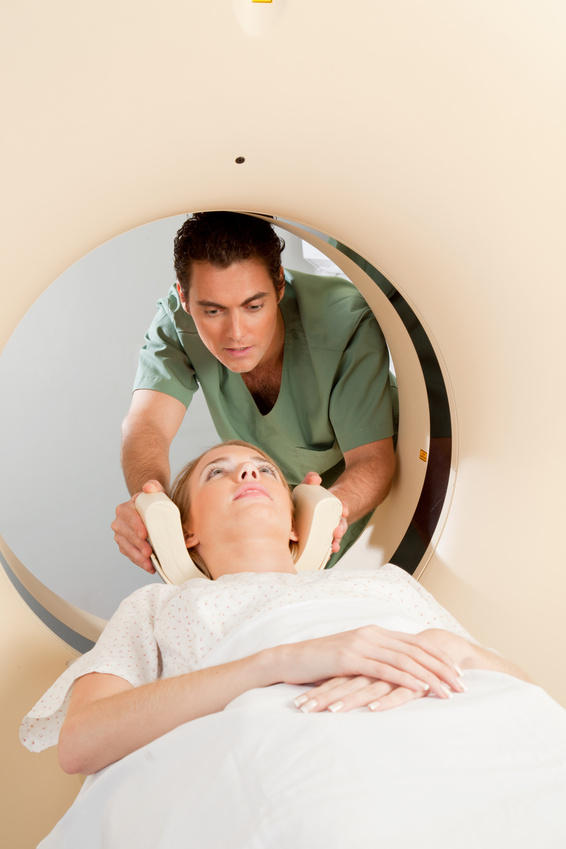 Cincinnati, USA, June 20, 2013 - Doctors at Cincinnati Children’s hospital have developed new technology that they say can reduce radiation exposure from CT scans by as much as 37 percent, according to new research.
Cincinnati, USA, June 20, 2013 - Doctors at Cincinnati Children’s hospital have developed new technology that they say can reduce radiation exposure from CT scans by as much as 37 percent, according to new research.
Software that bases radiation use on patients’ weight and size helps administer safer, more consistent doses to children, said Dr. David Larson, radiology quality and safety director at the medical center and principal creator of the technology.
And he and his colleagues say they believe the technology can work for adults, too.
Using large doses of radiation gives a “beautiful image,” Larson said, but carries a threat.
Too small, however, creates weak images that provide little information.
Doctors are especially concerned about CT scans in children.
They can be valuable diagnostic tools, but their use has soared in recent decades.
About 7 million CT scans are performed on children each year in the United States, and that number is increasing at a rate of 10 percent each year, according to the Alliance for Radiation Safety.
Currently, radiologists use weight classes to decide which dose to use.
That means some patients might get too little or too much radiation, depending on where they fall in that weight class.
But the new research, published in two studies released today in the clinical journal Radiology, concluded that the software leads to better images and more targeted radiation doses.
Cumulative radiation exposure has been shown to cause cancer, which has led to debate on the value of CT scans for pediatric care.
For every 1,000 children getting abdomen scans, one will develop cancer, according to the Alliance for Radiation Safety in Pediatric Imaging.
“Before (this software), you couldn’t guarantee a scan would give the best imagine for the dosage,” said Dr. Marilyn Goske, a staff radiologist at Cincinnati Children’s and chair of the Alliance for Radiation Safety in Pediatric Imaging.
She worked with Larson in the early stages of the software’s development.
Though radiologists there have been using this software on children for about 18 months, 58 percent of examinations during the study period were of adult-size patients.
Cincinnati doctors say it’s time to share their technology with the rest of the medical community — including adults.
The hospital has penned a deal with Bayer to license the technology to other medical establishments.
 Doctors say software reduces radiation exposure from CT scans
Doctors say software reduces radiation exposure from CT scans









